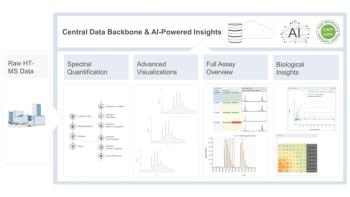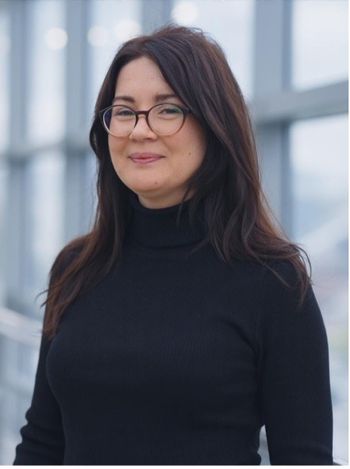
University of Lille Researchers Separate Enantiomers Using SFC Method
Separating stereoisomers is an extensively researched and challenging process, with approved substances being rare. A new SFC-based system was made to possibly ease some aspects of these procedures.
In a recent study led by University of Lille researchers out of Lille, France, a new supercritical fluid chromatography (SFC)-based method was created for separating enantiomers from warfarin, a type of anticoagulant. Their findings were published in the Journal of Chromatography A (1).
Chirality has great influence on the physical and biological properties of molecules. As such, separating stereoisomers has been an extensively researched topic, as it is an extremely challenging process. Between 2013 and 2022, out of 278 small molecules, the United States Food and Drug Administration (FDA) only approved 10 racemates and 163 single enantiomers (2). Polysaccharide-based chiral selectors have become widely used in various separation techniques, such as liquid chromatography (LC) and sub/supercritical fluid chromatography (SFC). These chiral stationary phases are highly favored, mainly due to their wide range of applications, the availability of many different chemistries, and their high loading capacity, which is useful at the preparative scale.
SFC is a high-throughput and low-environmental-impact that has become a well-established technique. Notably, it does not distinguish between normal- and reversed-phase separations. This allows for columns to be combined with different polarities, enabling tailor-made, high efficiencies and causing many novel and unique chiral selectivity properties.
In this study, a mathematical model was applied to multi-column systems to predict the retention behavior of warfarin enantiomers. Warfarin is an anticoagulant for preventing and treating venous thrombosis and thromboembolic events, as well as conditions such as myocardial infarction and atrial fibrillation. Warfarin works by inhibiting the synthesis of vitamin K-dependent clotting factors, which reduces clotting ability (3). With the mathematical model, the scientists hoped to predict elution times of the two enantiomers on different multiple-column systems, which can consist of two, three, or four columns. For this goal, the scientists also aimed to determine of four coefficients related to each column.
The tests carried out with warfarin using 10 columns in different combinations showed that the mathematical method proved reliable. The model yielded an average relative deviation (RD) of <5% between the predicted and the experimental retention factor. Additionally, the combination of columns that provided the best experimental selectivity was predicted by the model, regardless of how many columns were connected at a time. The results showed that full screening with all possible column combinations is unnecessary for determining the set of columns that prove the highest selectivity.
By applying the mathematical model, the number of experiments conducted at a time can be drastically reduced to obtain reliable results. That said, the scientists did admit that the mobile phase used in this experiment was not very compressible at 20% methanol and that results may be different with a mobile phase containing only 5% co-solvent. In the future, they hope to extend the scope to mixtures of four or eight isomers with a larger set of columns with the challenge of extracting the best results from thousands of possibilities.
References
(1) Serein-Grosjean, M.; Massounga, R.; Lipka, A.; Speybrouck, D.; Lipka, E. Simulation of the Retention Factors on Multiple Columns in Series in Supercritical Fluid Chromatography: Enantioseparation of Warfarin as a Simple Model. J. Chromatogr. A 2025, 1751, 465945. DOI:
(2) McVicker, R. U.; O’Boyle, N. M. Chirality of New Drug Approvals (2013–2022): Trends and Perspectives. J. Med. Chem. 2024, 67 (4), 2305–2320. DOI:
(3) Patel, S.; Singh, R.; Preuss, C. V.; Patel, N. Warfarin. StatPoints 2024.
Newsletter
Join the global community of analytical scientists who trust LCGC for insights on the latest techniques, trends, and expert solutions in chromatography.





